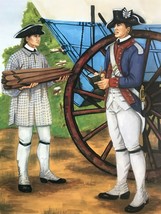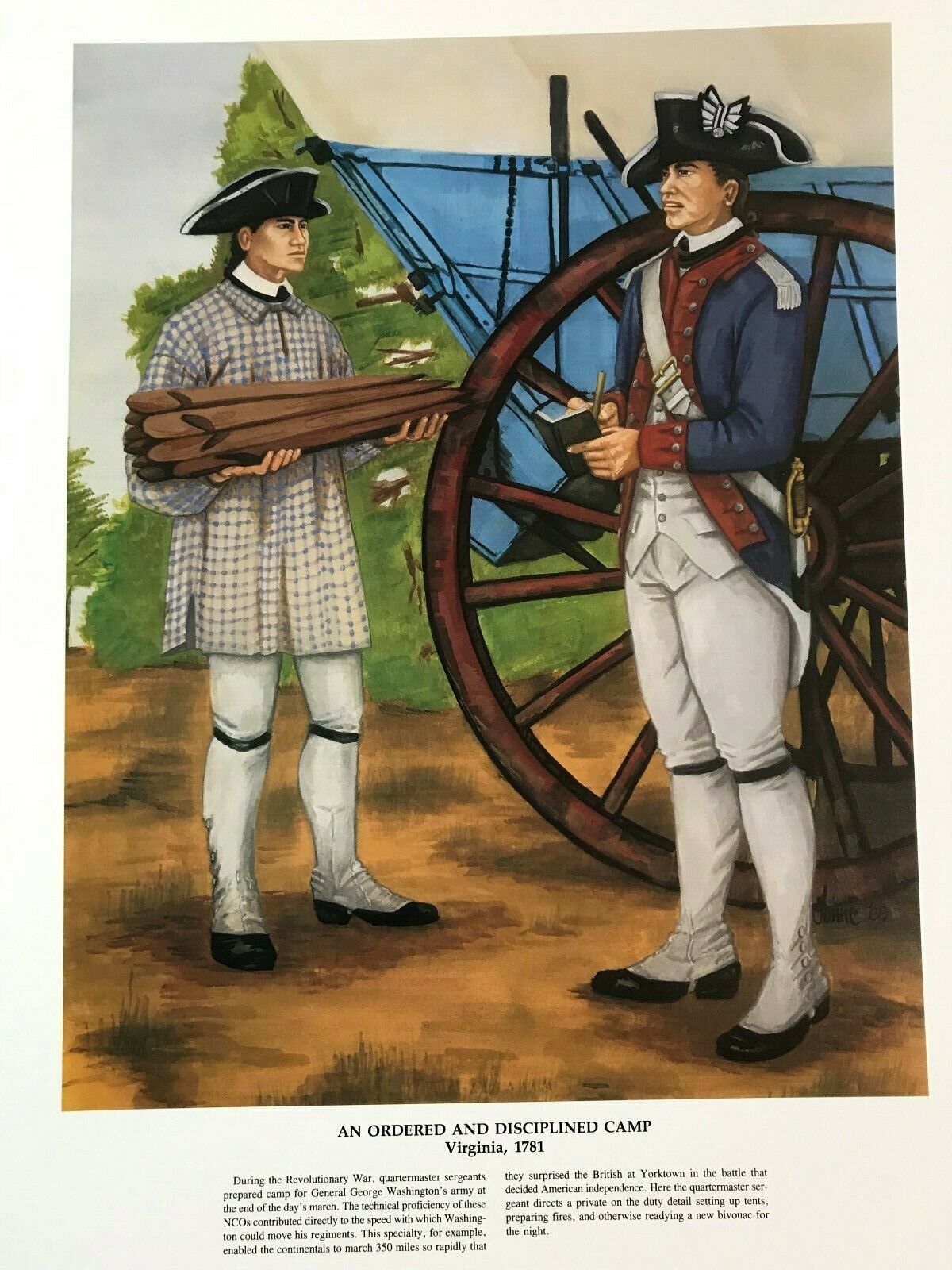Rendered at 17:29:25 06/24/25
THE NCO, IMAGES OF AN ARMY IN ACTION, PRINT, DISIPLINED CAMP, VIRGINIA, 1781
€26,15 EUR
Los buques de
United States

Las opciones de envío
Los buques de 1 business day Detalles
No hay precio de envío se especifica en ES
Los buques de
United States

La política de devoluciones
Full refund available within 30 days
Detalles
Protección de compra
Opciones de pago
PayPal accepted
PayPal Credit accepted
Venmo accepted
PayPal, MasterCard, Visa, Discover, and American Express accepted
Maestro accepted
Amazon Pay accepted
Nuvei accepted
Las opciones de envío
Los buques de 1 business day Detalles
No hay precio de envío se especifica en ES
Los buques de
United States

La política de devoluciones
Full refund available within 30 days
Detalles
Protección de compra
Opciones de pago
PayPal accepted
PayPal Credit accepted
Venmo accepted
PayPal, MasterCard, Visa, Discover, and American Express accepted
Maestro accepted
Amazon Pay accepted
Nuvei accepted
Rasgos del artículo
| Categoría: | |
|---|---|
| cantidad disponible: |
Sólo uno en stock, para muy pronto |
| Condition: |
New |
| Country/Region of Manufacture: |
United States |
Detalles del anuncio
| Las políticas del vendedor: | |
|---|---|
| Envío de descuento: |
No ofrece el envío combinado |
| Publicado en venta: |
June 2 |
| Artículo número: |
1750580292 |
Descripción del Artículo
THE NCO, IMAGES OF AN ARMY IN ACTION, PRINT, DISIPLINED CAMP, VIRGINIA, 1781
Color print measures 16" x 20". Printed on heavy cardstock and suitable for framing.
This Military print will be shipped in a tube for its protection.
During the Revolutionary War, quartermaster sergeants prepared camp for General George Washington's army at the end of the day's march. The technical proficiency of these NCOs contributed directly to the speed with which Washington could move his regiments. This specialty, for example, enabled the continentals to march 350 miles so rapidly that they surprised the British at Yorktown in the battle that decided American independence.
Here the quartermaster sergeant directs a private on the duty detail setting up tents, preparing fires, and otherwise readying a new bivouac for the night. After several false starts, the Continental Army in 1779 finally adopted a plan for a national uniform of modified European style, using clothing imported from our French allies. The basic color for the coat was blue, with white for the waistcoat and breeches or overalls. Facings (cuffs, lapels, and collars) came in only four colors and were used to identify the regional grouping of states from which the regiment was raised. The red facing shown identifies this unit as coming from the Middle Atlantic states of Pennsylvania, Maryland, Virginia, and Delaware.
The quartermaster sergeant wears two white epaulets (a corporal would wear only one) and a sword to indicate his NCO status. His garments were of better quality than those issued to privates. Senior noncominissioned officers might further display their status by wearing elements common to officers' uniforms, such as silk epaulets. The private is wearing a heavy civilian-style linen smock to protect his issued uniform while on a duty detail. The hats are trimmed with white lace and with the symbol of Franco-American friendship, the "alliance" cockade, which combined the Continental Army's earlier, black version with the French Army's white. The French regiments in the Yorktown campaign also wore the cockade, but with the color arrangement reversed.
Added to your wish list!

- THE NCO, IMAGES OF AN ARMY IN ACTION, PRINT, DISIPLINED CAMP, VIRGINIA, 1781
- 1 in stock
- Handling time 1 day.
- Returns/refunds accepted
Get an item reminder
We'll email you a link to your item now and follow up with a single reminder (if you'd like one). That's it! No spam, no hassle.
Already have an account?
Log in and add this item to your wish list.





